

See Aenne's paper below, as well as Tal's original work here: www.nature.com/articles/s41...
See Aenne's paper below, as well as Tal's original work here: www.nature.com/articles/s41...
Research from @talboger.bsky.social, @chazfirestone.bsky.social and the Perception & Mind Lab.
Research from @talboger.bsky.social, @chazfirestone.bsky.social and the Perception & Mind Lab.

www.cogdevlab.org

In a new paper, Sam Clarke and I push the limits of this test. We show spatially selective, putatively "visual" adaptation to a clearly non-visual dimension: Value!
www.sciencedirect.com/science/arti...

In a new paper, Sam Clarke and I push the limits of this test. We show spatially selective, putatively "visual" adaptation to a clearly non-visual dimension: Value!
www.sciencedirect.com/science/arti...
Get yours @ www.perceptionresearch.org/anagrams/mer...
Get yours @ www.perceptionresearch.org/anagrams/mer...
In @currentbiology.bsky.social, @chazfirestone.bsky.social & I show how these images—known as “visual anagrams”—can help solve a longstanding problem in cognitive science. bit.ly/45BVnCZ
In @currentbiology.bsky.social, @chazfirestone.bsky.social & I show how these images—known as “visual anagrams”—can help solve a longstanding problem in cognitive science. bit.ly/45BVnCZ

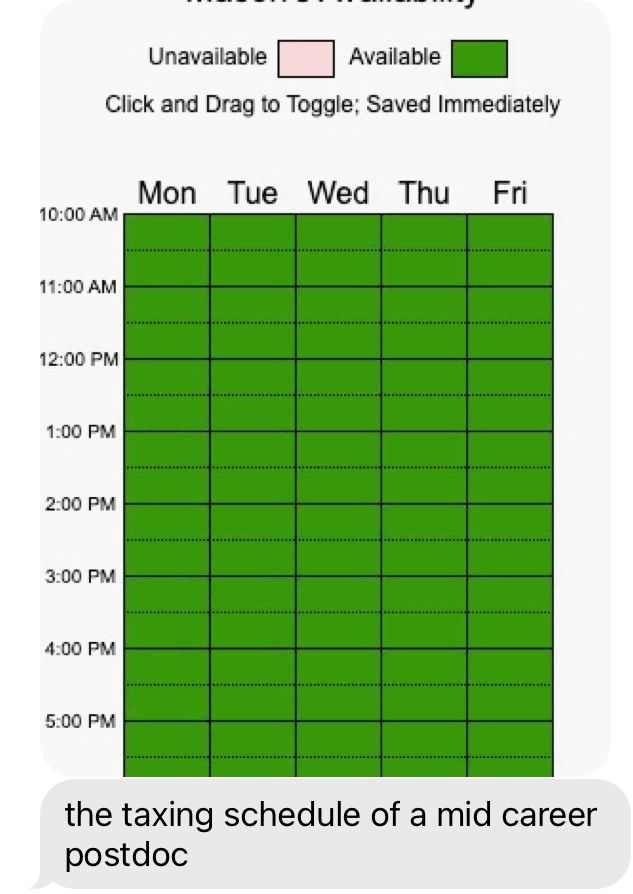
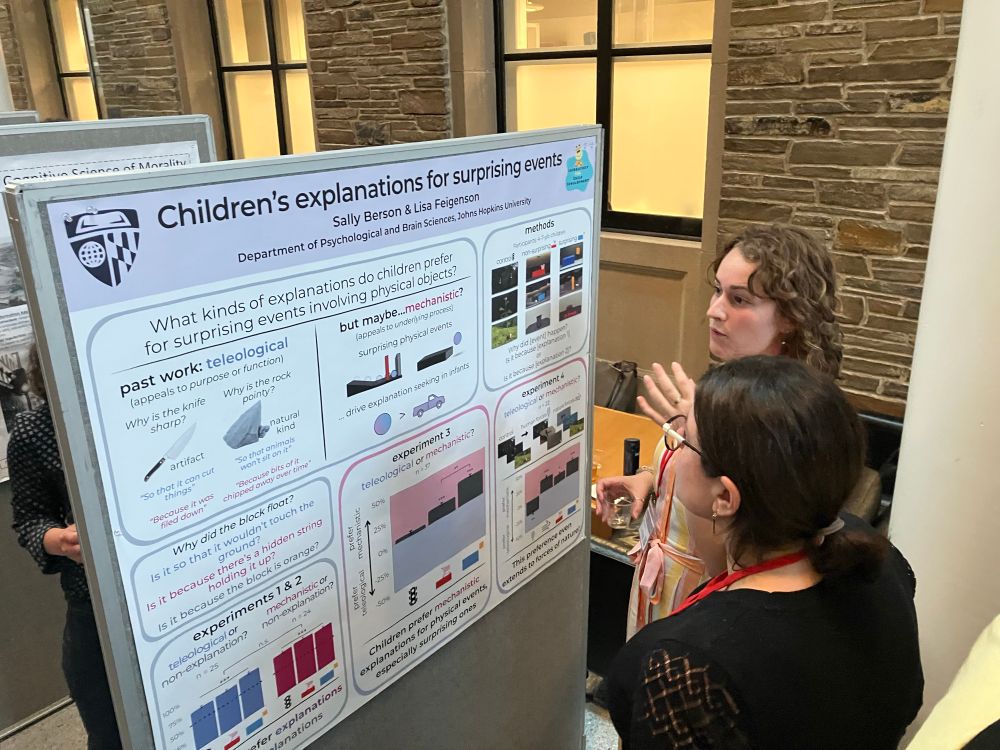
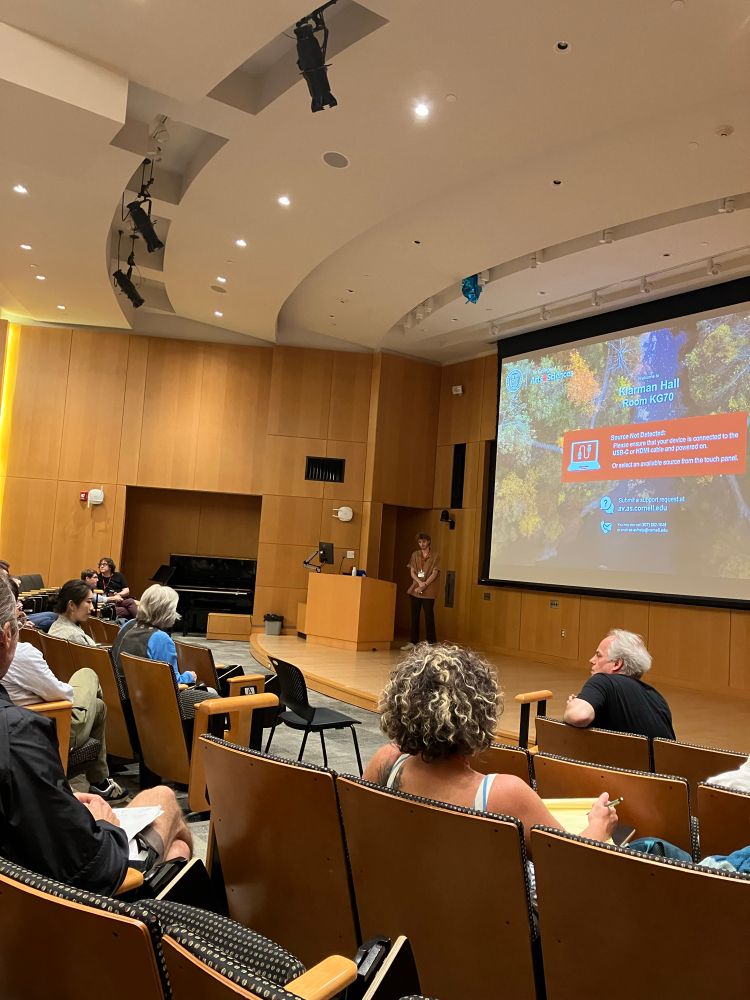
(Free version here: talboger.github.io/files/Boger_...)
(Free version here: talboger.github.io/files/Boger_...)
More info @ perception.jhu.edu/vss/.
See you on the 🏖!
#VSS2025
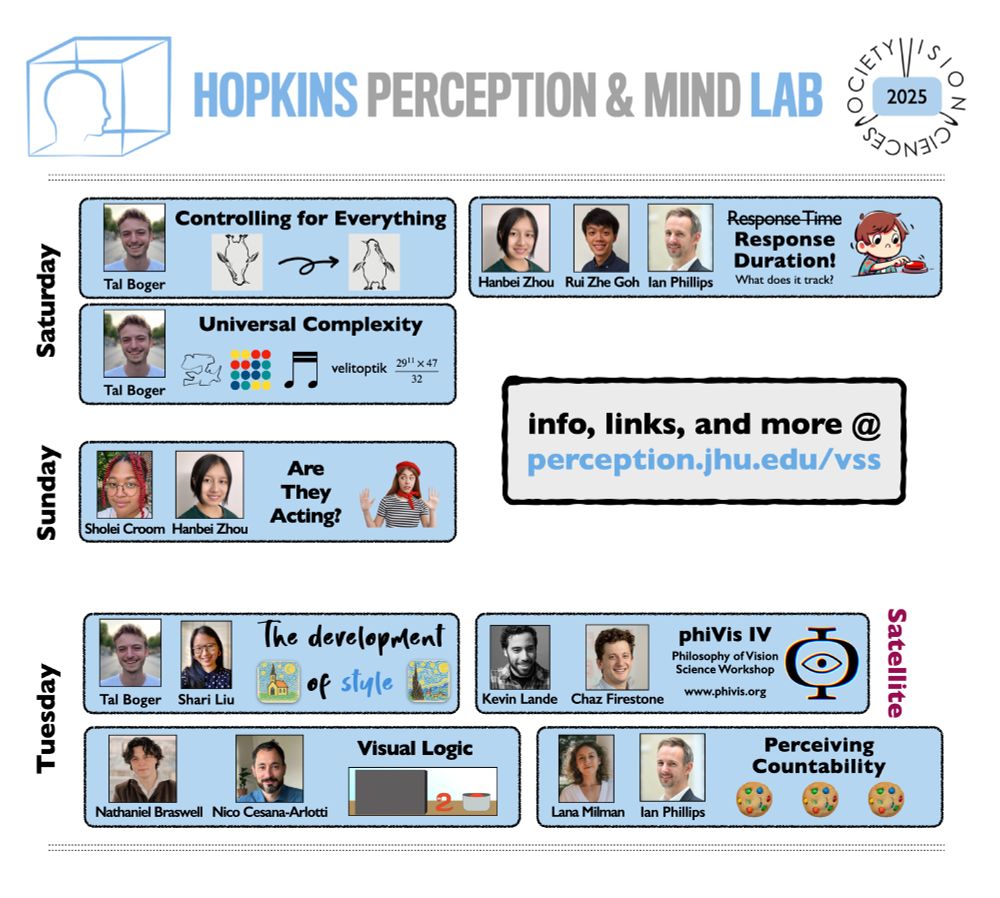
More info @ perception.jhu.edu/vss/.
See you on the 🏖!
#VSS2025
In @nathumbehav.nature.com, @chazfirestone.bsky.social & I take an experimental approach to style perception! osf.io/preprints/ps...
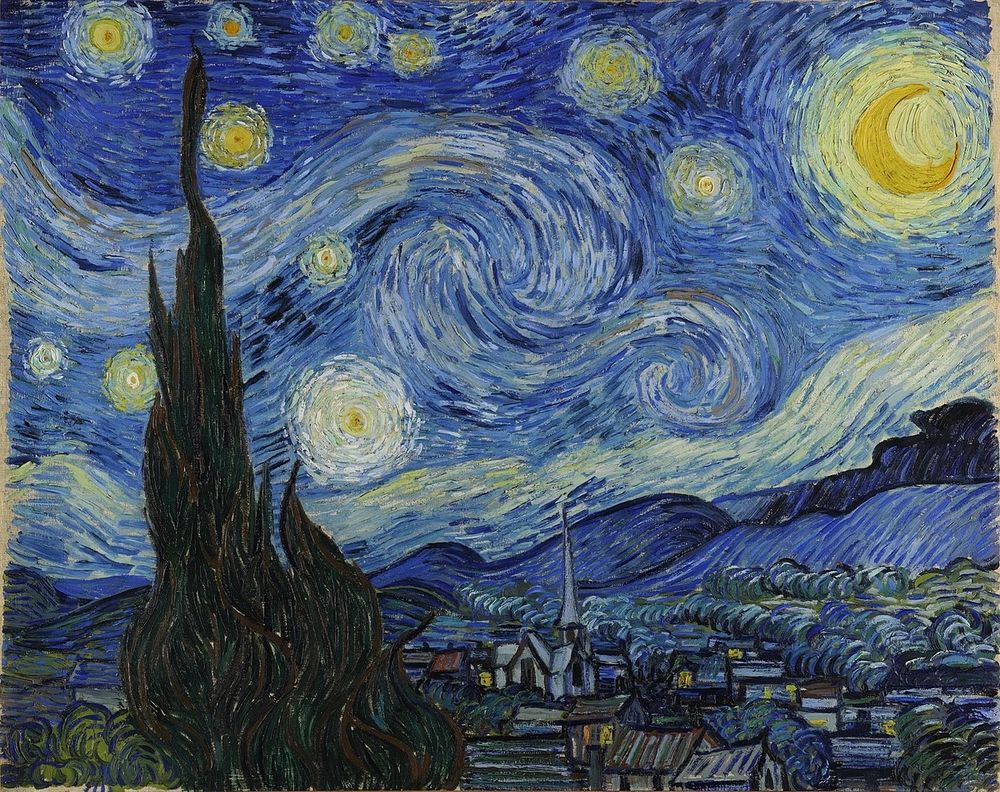
In @nathumbehav.nature.com, @chazfirestone.bsky.social & I take an experimental approach to style perception! osf.io/preprints/ps...
philpapers.org/rec/CLACWS

philpapers.org/rec/CLACWS
direct.mit.edu/opmi/article...

direct.mit.edu/opmi/article...
Do you remember seeing a ball in the second half of the video? Up to 37% of our participants reported seeing a ball, even though it wasn’t there. Why?
In a new paper in press @ Cognition, Brent Strickland and I ask what causes event completion. osf.io/preprints/ps...
Do you remember seeing a ball in the second half of the video? Up to 37% of our participants reported seeing a ball, even though it wasn’t there. Why?
In a new paper in press @ Cognition, Brent Strickland and I ask what causes event completion. osf.io/preprints/ps...
Now in press @ JEP:G with @samiyousif.bsky.social @actlab.bsky.social @robbrutledge.bsky.social; osf.io/preprints/ps...
Now in press @ JEP:G with @samiyousif.bsky.social @actlab.bsky.social @robbrutledge.bsky.social; osf.io/preprints/ps...
Object complexity comes in many different kinds — such as visual, mechanistic, and more. How are these kinds related?
Now out @ JEP:G, Frank Keil and I argue that mechanistic complexity is fundamental.
psycnet.apa.org/record/2025-...
Object complexity comes in many different kinds — such as visual, mechanistic, and more. How are these kinds related?
Now out @ JEP:G, Frank Keil and I argue that mechanistic complexity is fundamental.
psycnet.apa.org/record/2025-...

